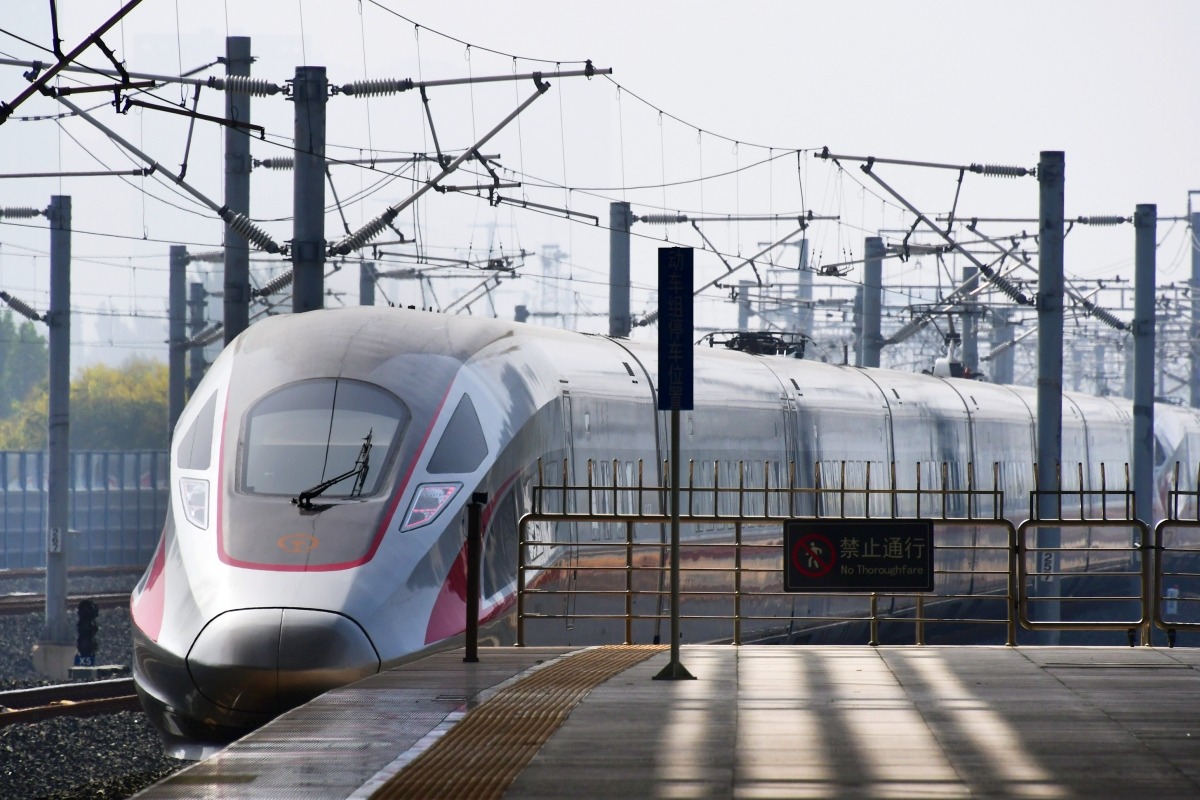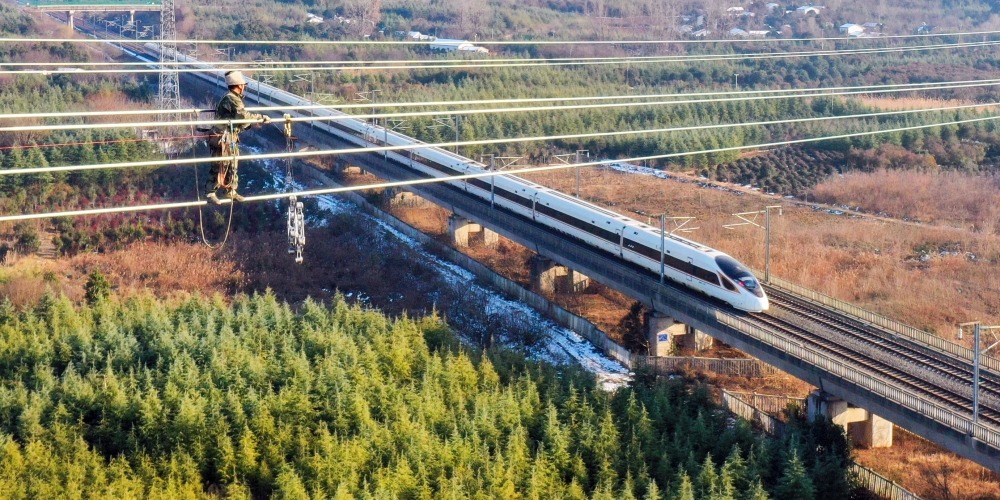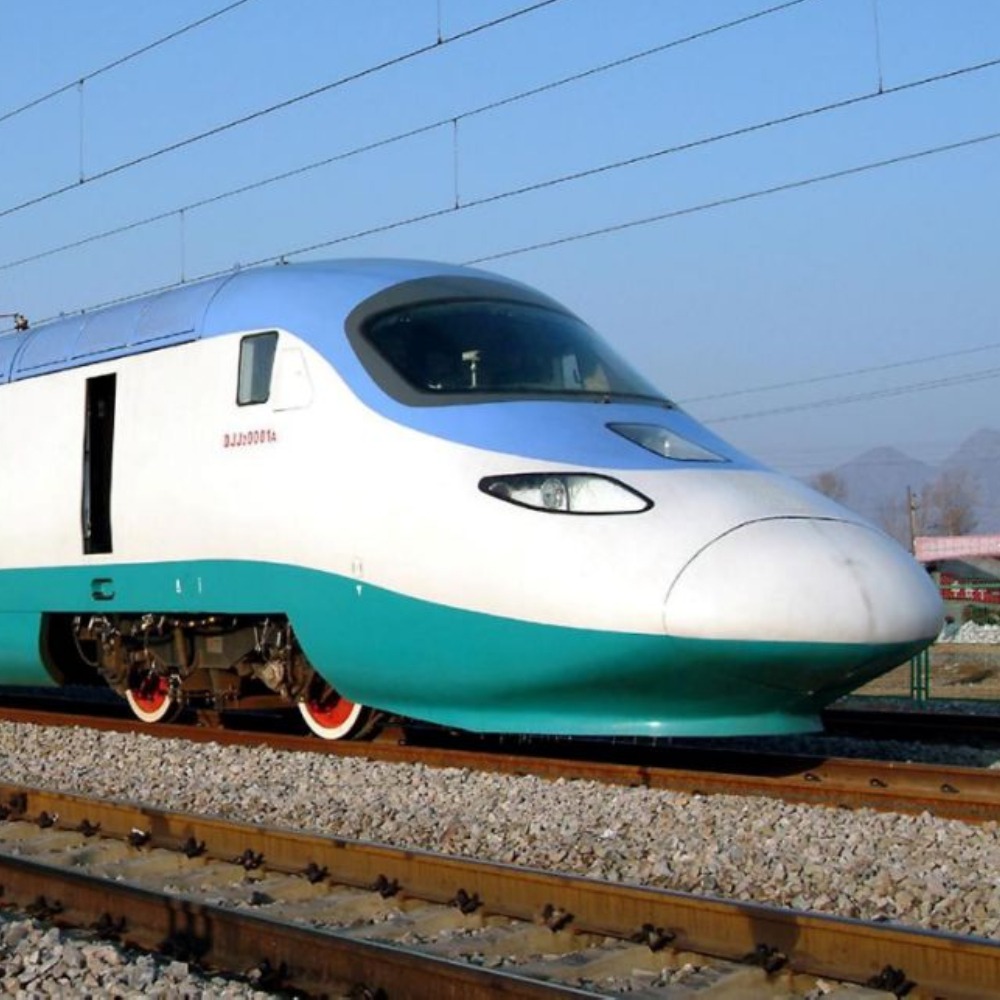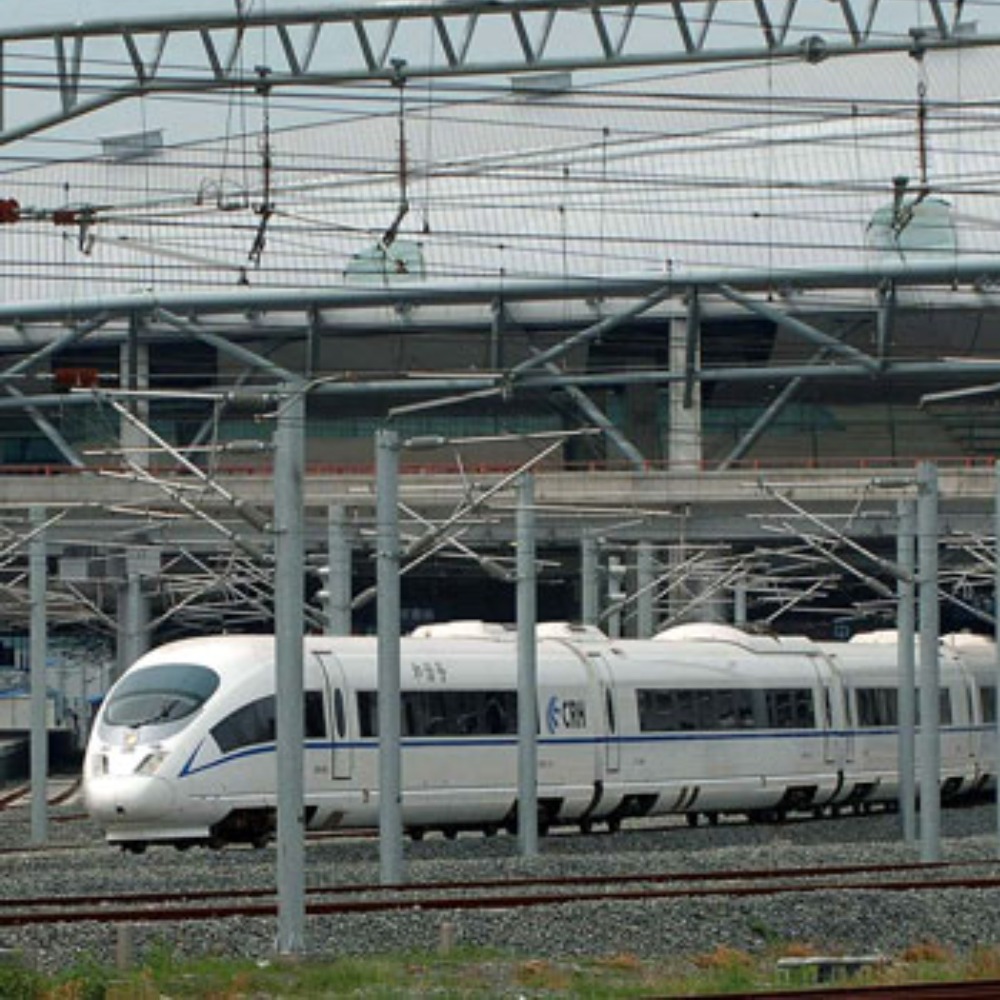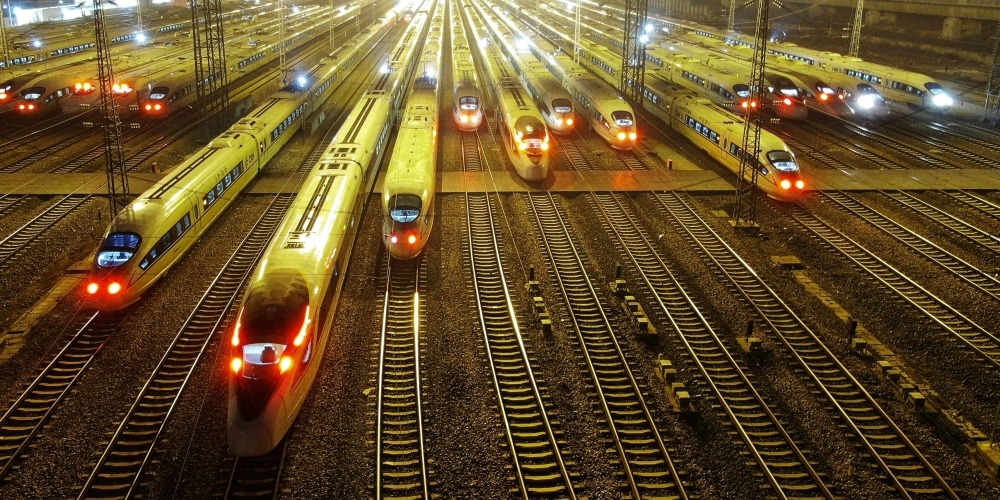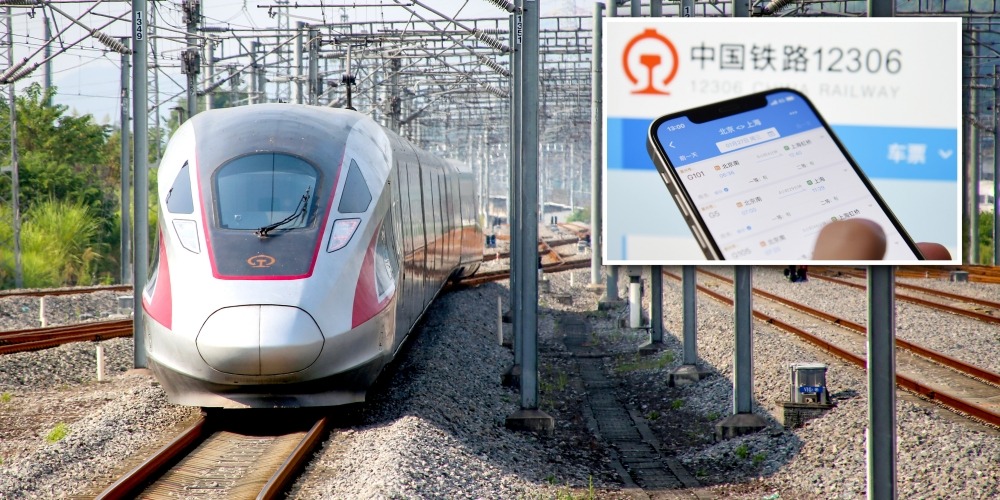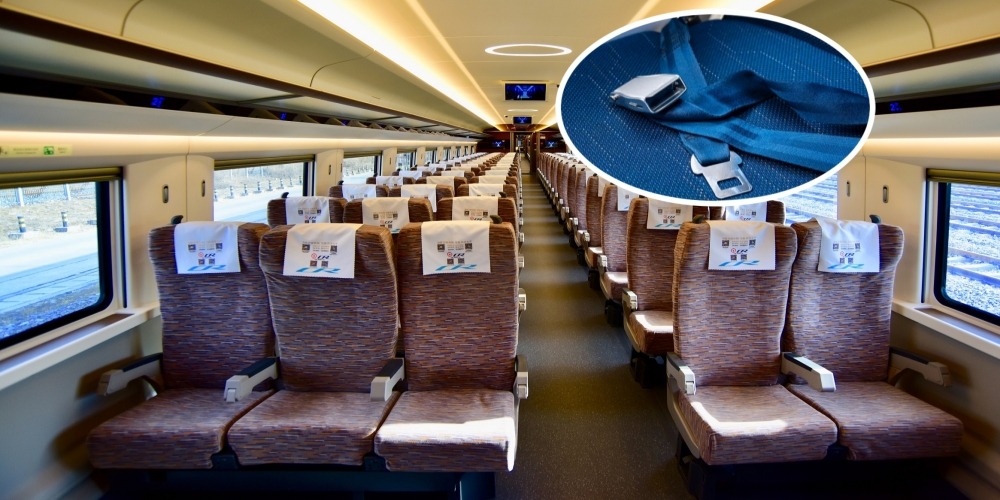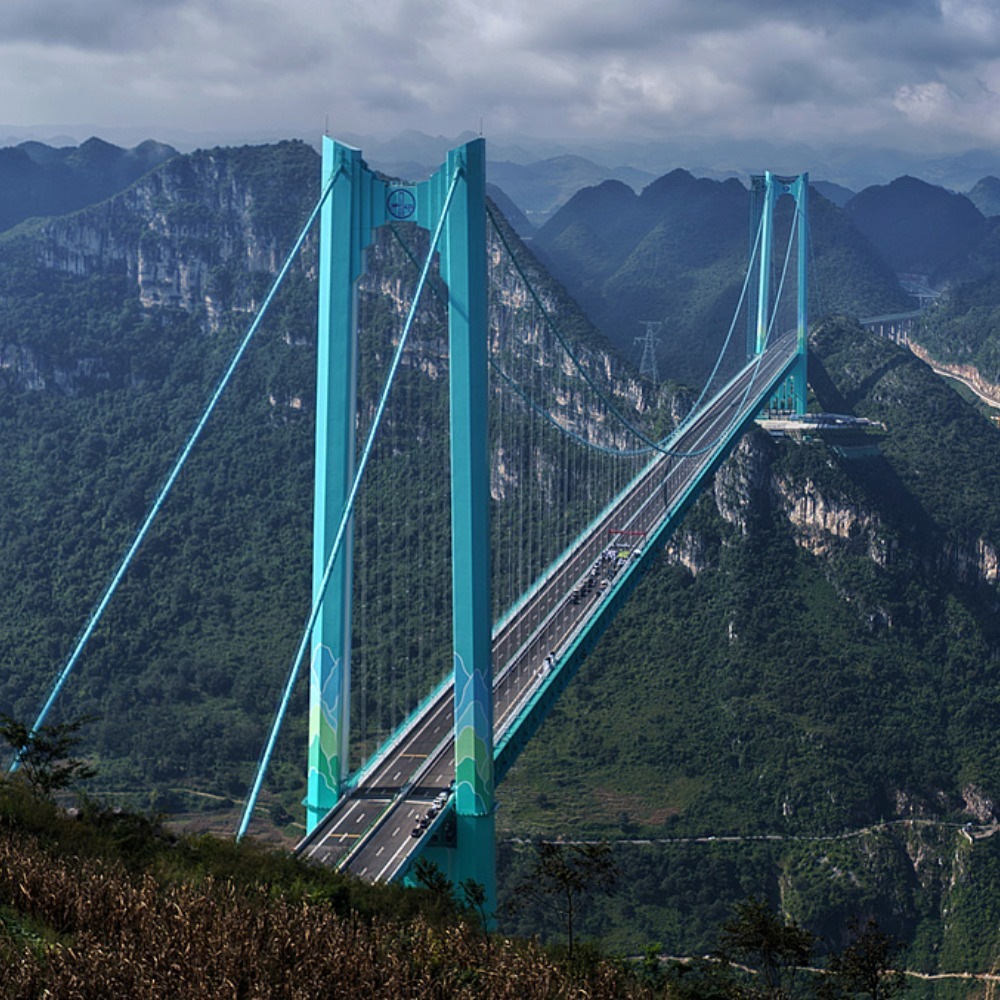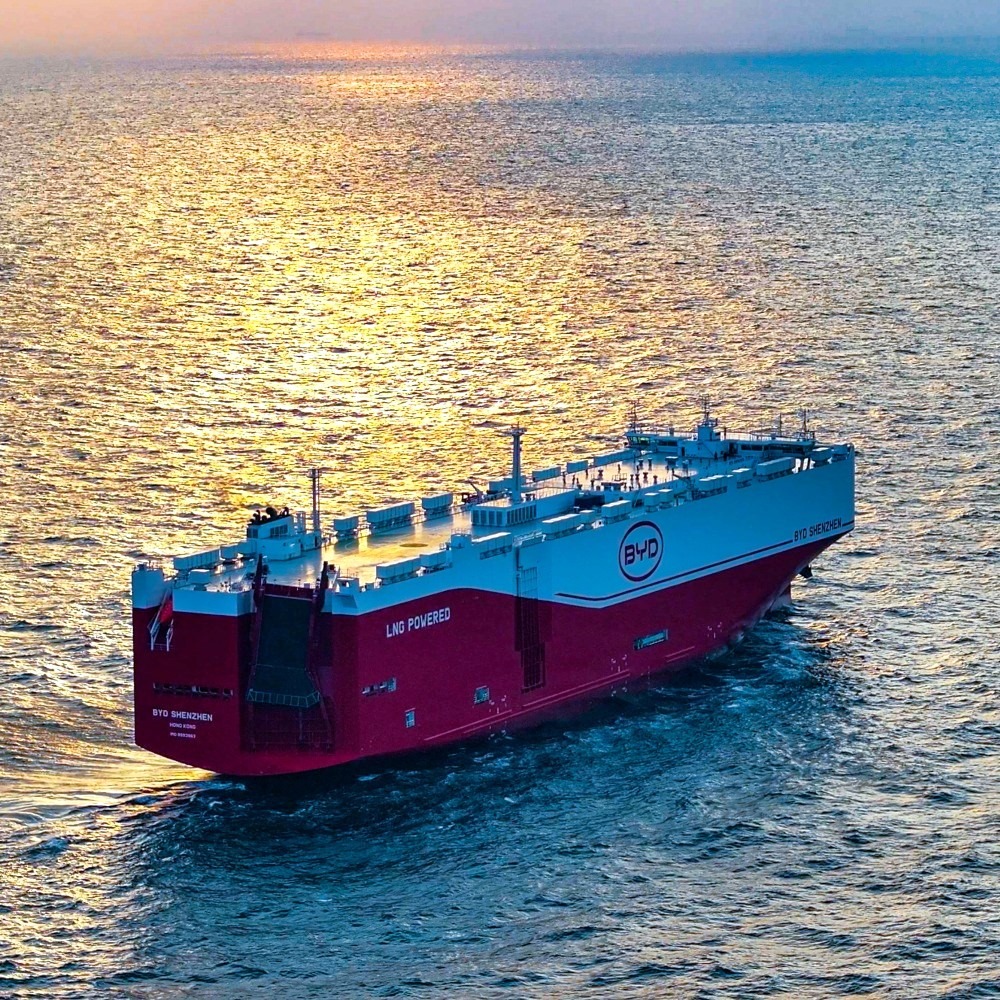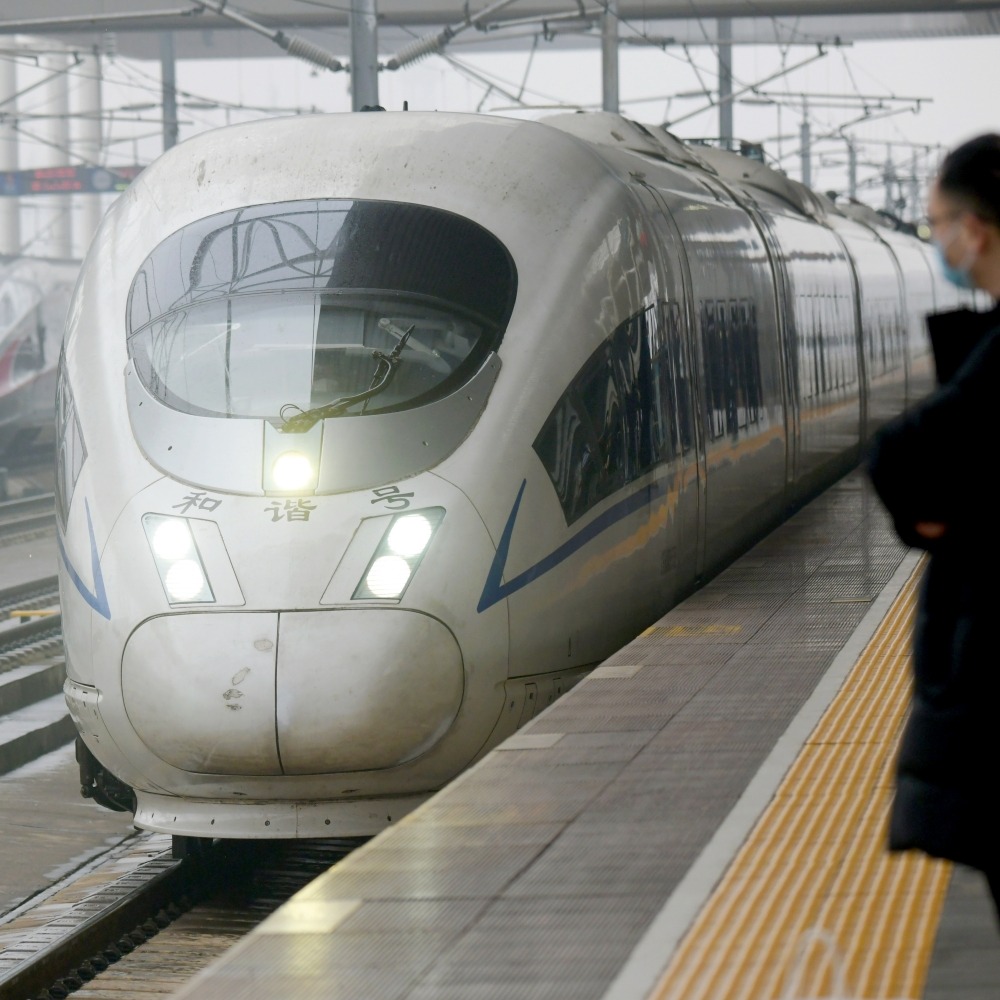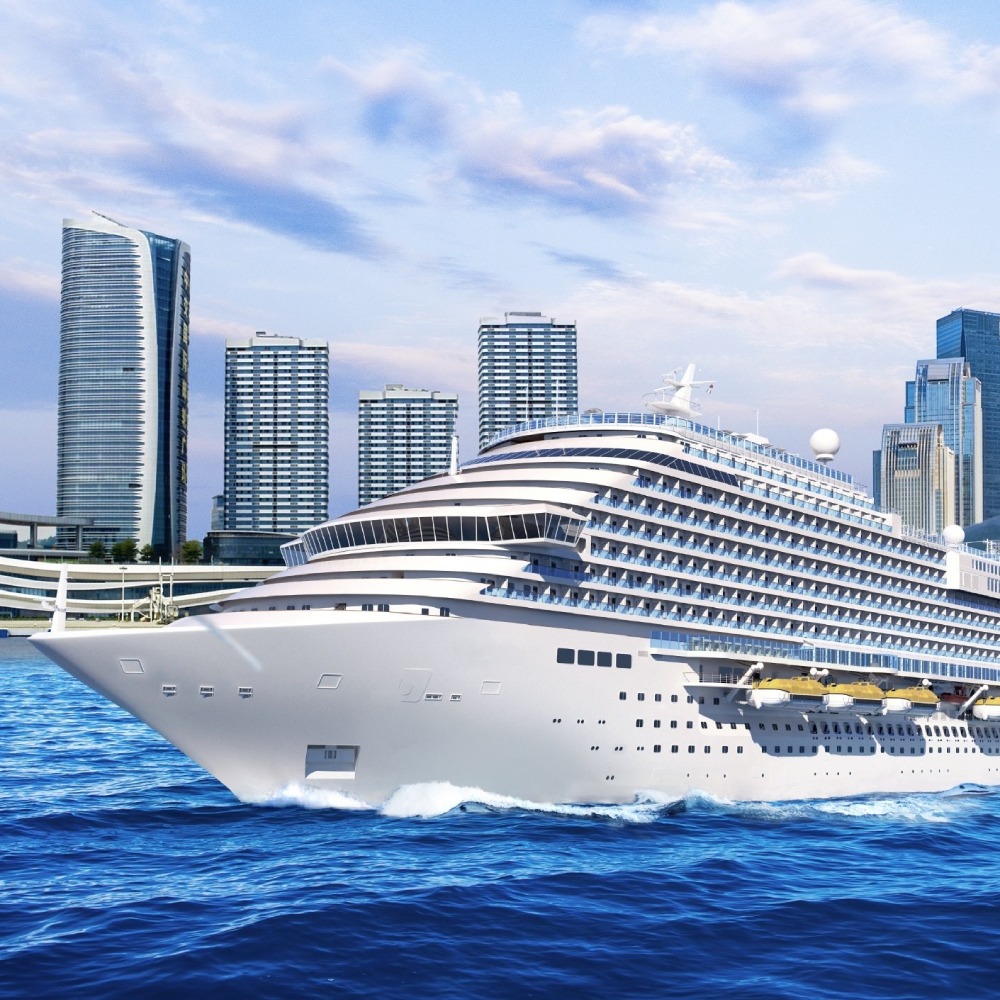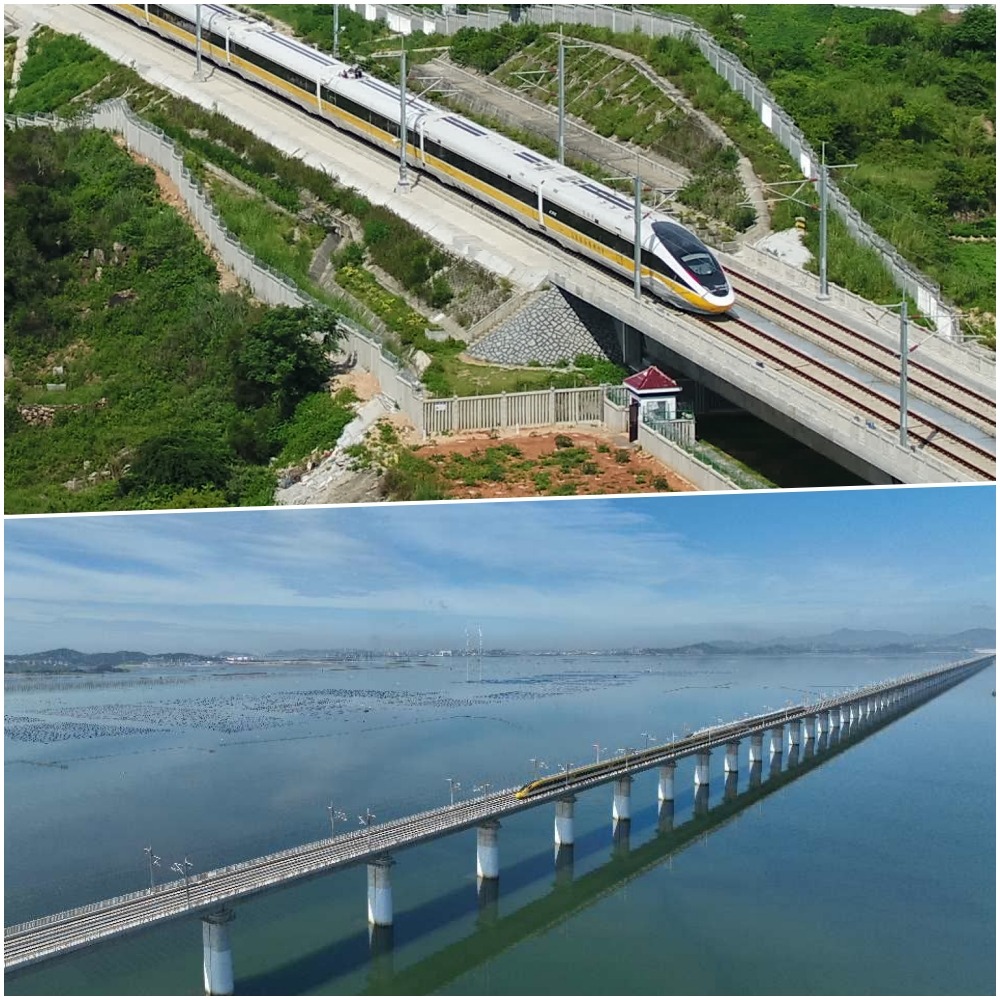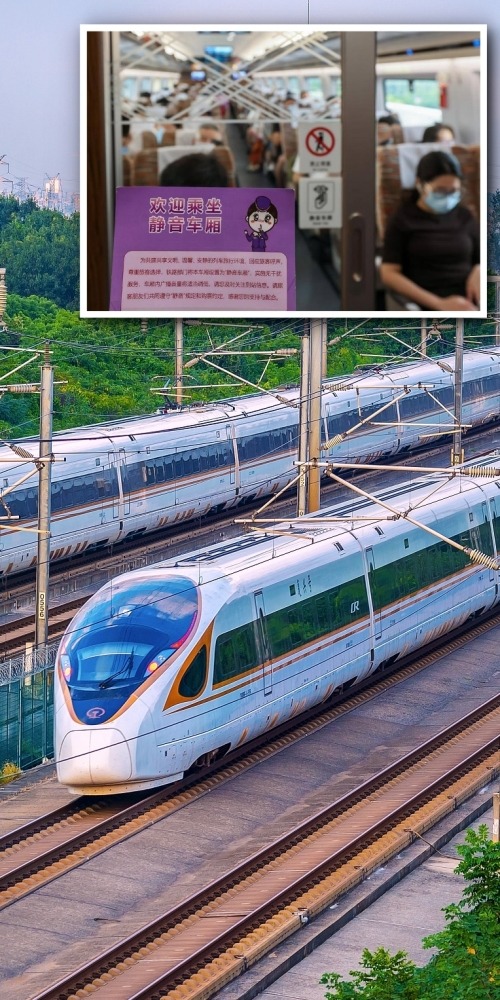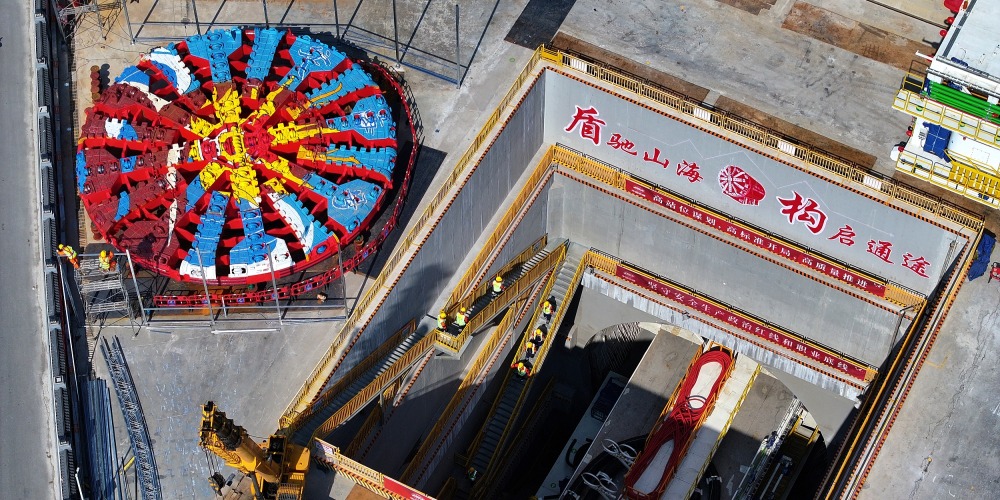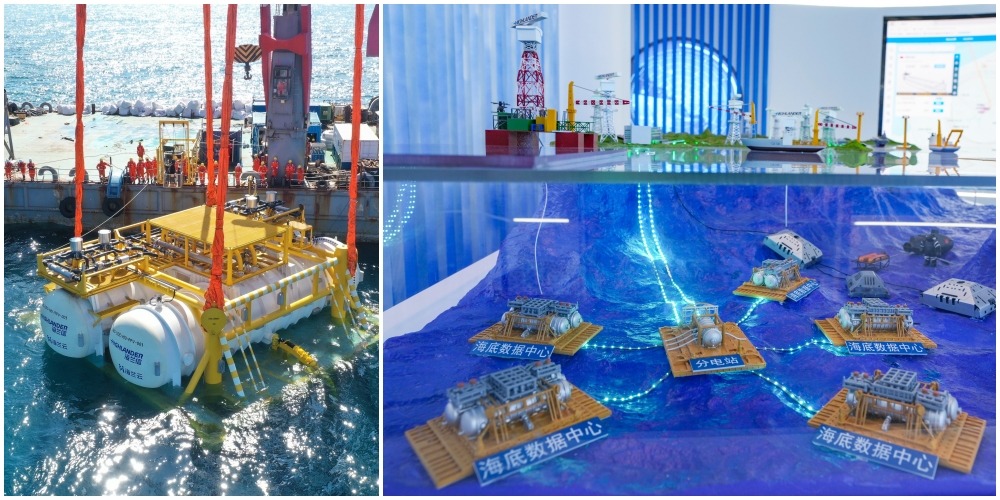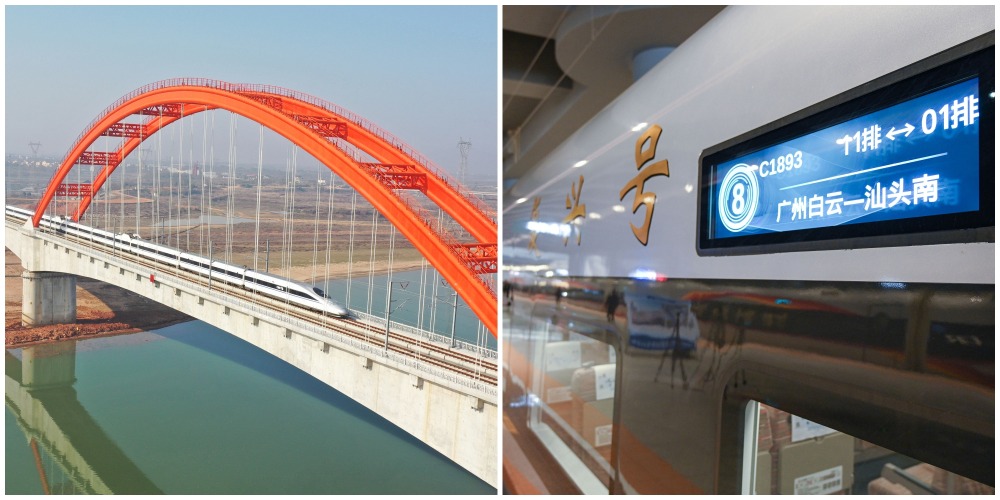Published : 2025-03-05
As China's high-speed trains use electricity as the source of energy, how much electricity do the trains actually consume while running?
How much is the electricity bill? Do China's high-speed trains consume more electricity than Japan's high-speed trains?
Power consumption of China's high-speed trains affected by many factors
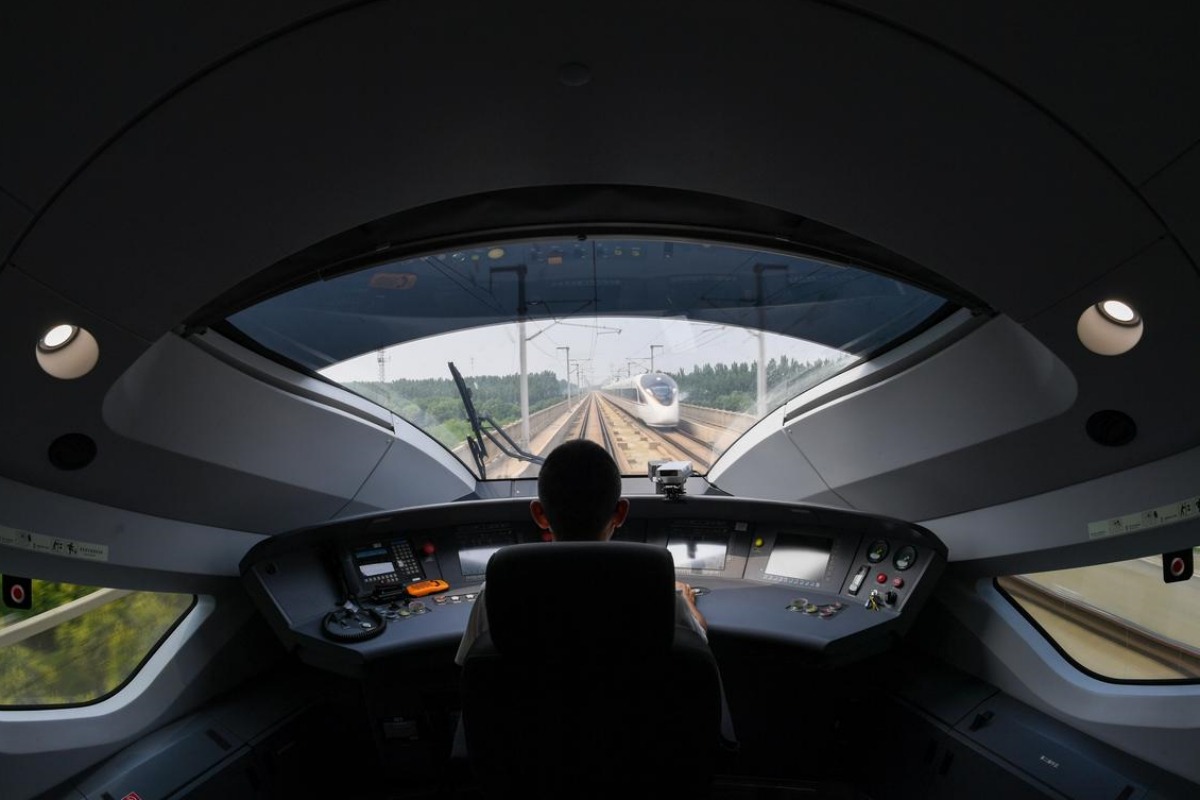
In fact, the electricity consumption of high-speed trains varies greatly depending on the model, operating environment, and speed.
For example, the newer Fuxing bullet trains, which are equipped with energy-saving technology, are more energy-efficient than the older Hexie bullet trains.
If there are two trains of the same type, the faster the train runs, the more electricity it consumes.; uphill sections that require trains to overcome resistance will also consume more electricity than flat sections.
Additionally, a fully loaded train, with increased weight, consumes more electricity than a lightly loaded train.
Similar situations are easily understood by people with driving experience, especially those familiar with electric vehicles.
The amount of electricity consumed by China's high-speed trains can be referenced in a report by mainland China's media in September 2024.
Read more: Why do high-speed trains turn on their headlights during daytime?
China's high-speed rail consumes 21.4 kWh per km
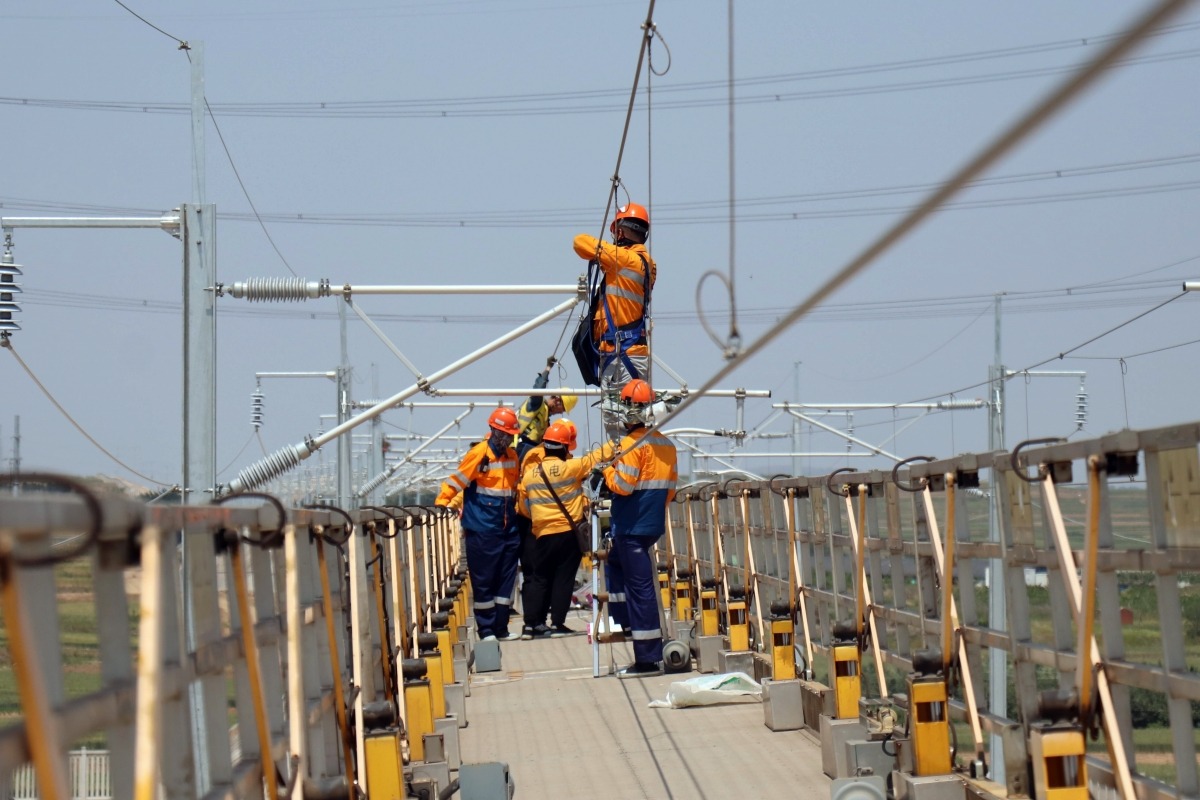
The media quotes Huang Jin, deputy chief engineer of the Locomotive & Car Research Institute of China Academy of Railway Sciences Group, as saying that tests were conducted using the current main models CRH380A, CRH380B, CR400AF, and CR400BF in 8-car formations (8 carriages).
These trains ran a round trip on the Beijing-Shanghai High-speed Railway at a speed of 350 km/h, covering a total distance of 2,636 km. The energy consumption for the journey was 56,931 kWh, 61,861 kWh, 51,364 kWh and 55,490 kWh, respectively.
Based on this, the average electricity consumption per kilometre for these four high-speed train models is 21.6 kWh, 23.5 kWh, 19.5 kWh, and 21.1 kWh, respectively, averaging 21.4 kWh.
As mentioned earlier, the electricity consumption of high-speed trains is related to their operating speed. So, how much electricity is used by the relatively slower trains that operate at a speed of 250 km/h?
It turns out that trains running at 250 km/h consume almost half as much electricity as those running at 350 km/h, a significant difference.
Beijing-Shanghai High-speed Railway costs RMB 50,000 in electricity costs for a round trip ?
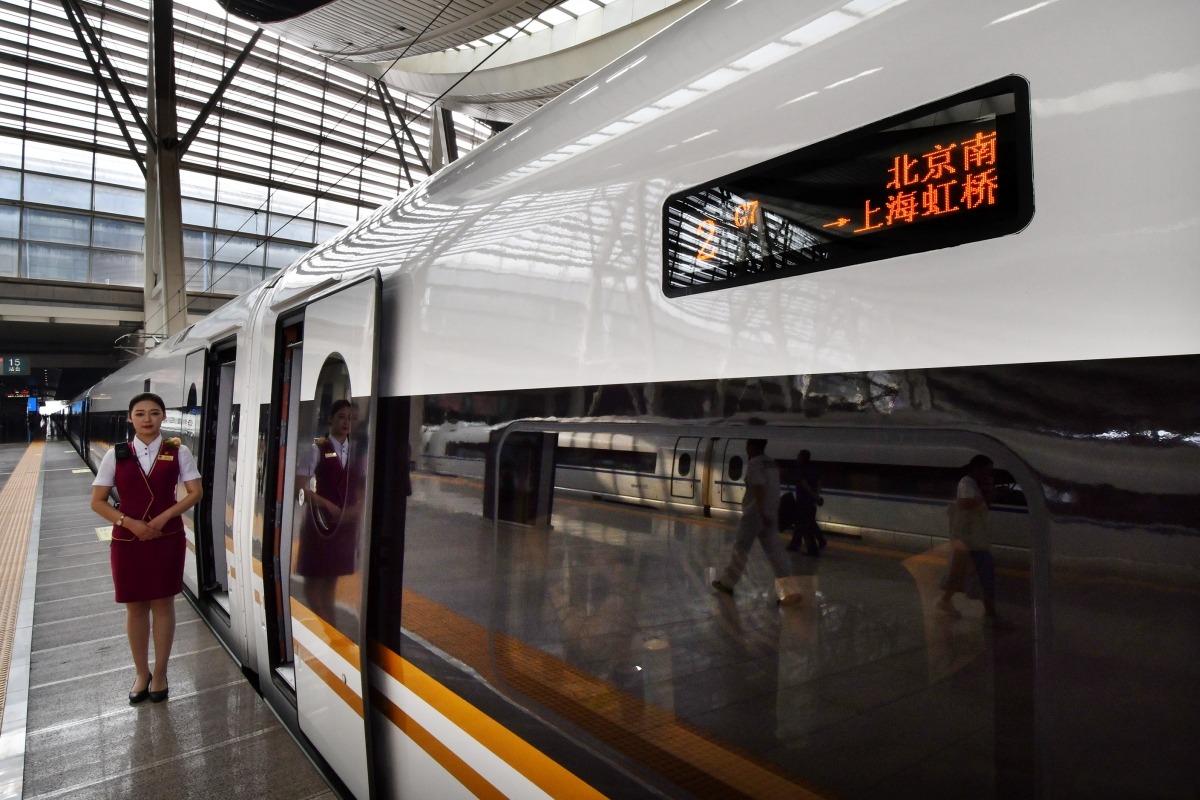
According to data from August 2021 cited by media reports, the CR300AF Fuxing bullet train, operating at a speed of 250 km/h, consumes approximately 7,200 kWh of electricity when fully loaded on a direct journey from from Nanning, the capital of Guangxi, to Guangzhou, the capital of Guangdong Province, covering a total distance of 562 km. This translates to roughly 12.8 kWh/km.
To emphasise once again, there are other factors that also affect the power consumption, and the above figures are just for reference so that everyone can have a general idea of the magnitude of power usage of high-speed rail.
If you have no concept of how much kWh that is, you may use household electricity usage as a reference: a typical three-person household in Hong Kong uses about 275 kWh of electricity per month; it takes about 50 to 70 kWh to fully charge an electric vehicle.
Electricity costs in Mainland China are cheaper than in Hong Kong.
For example, for high usage users in Shenzhen (high usage electricity is more expensive than low usage), the price per kWh-hour in mid-2024 is about RMB 0.963.
Based on this calculation, the electricity cost for a round trip between Beijing and Shanghai with a train running at a speed of 350 km/h is more than RMB 50,000.
China's high-speed trains run faster with same electricity consumption
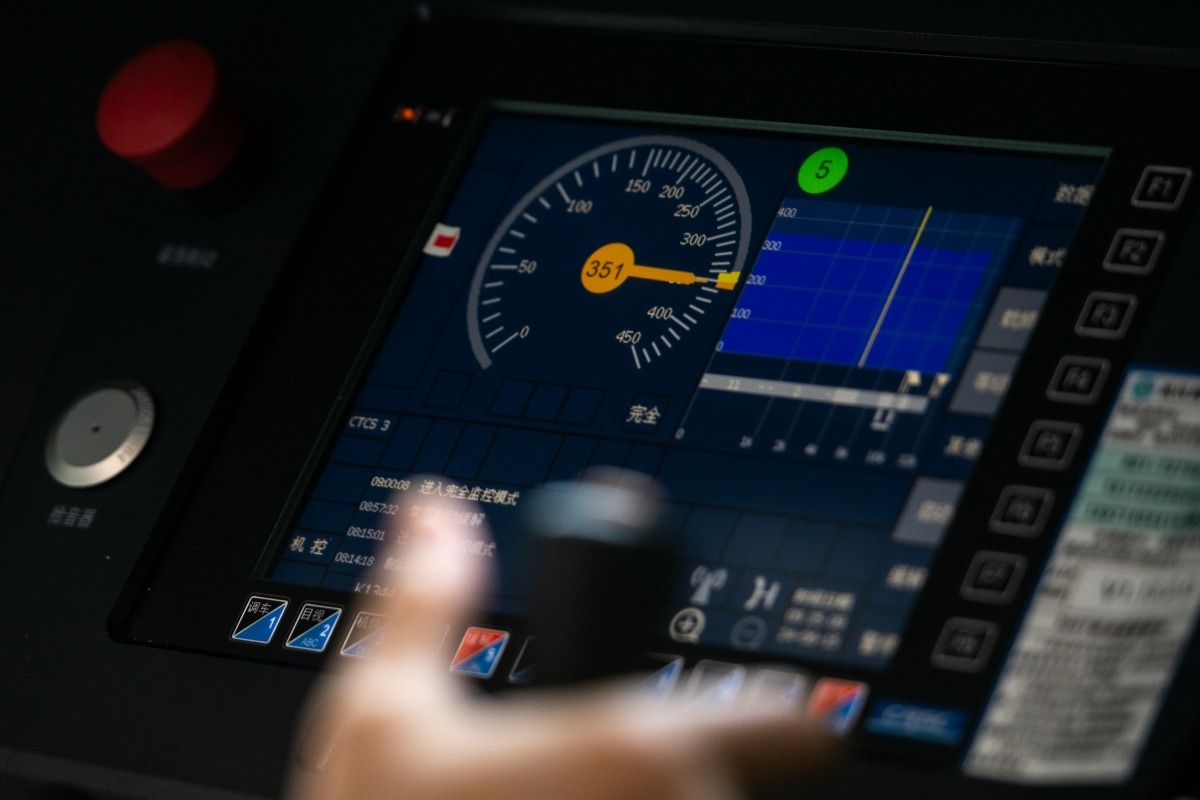
Of course, when comparing electricity usage of high-speed trains to residential electricity usage, there are differences in many aspects, such as voltage; and calculating electricity costs of high-speed trains based on residential electricity rates will undoubtedly yield a discrepancy.
In addition, in 2023, there were posts on foreign social media platforms claiming that the power consumption of Chinese high-speed trains is enormous, with each train consuming 10,000 kWh/km, while Japanese Shinkansen trains only use 43 kWh/km.
Now we all know that 10,000 kWh is an extremely absurd figure, while the Shinkansen train's 43 kWh is considered reasonable by experts.
However, it is believed that the figure 43 kWh pertains to a 16-car 500 series trainset; when converted to an 8-car trainset, its power consumption/km is about 21.5 kWh, which is essentially the same as China's 21.4 kWh.
It is important to note, however, that the Chinese trains consuming 21.4 kWh/km operate at a speed of 350 km/h, whereas the maximum operating speed of Japan's Shinkansen trains is only 300 km/h.
